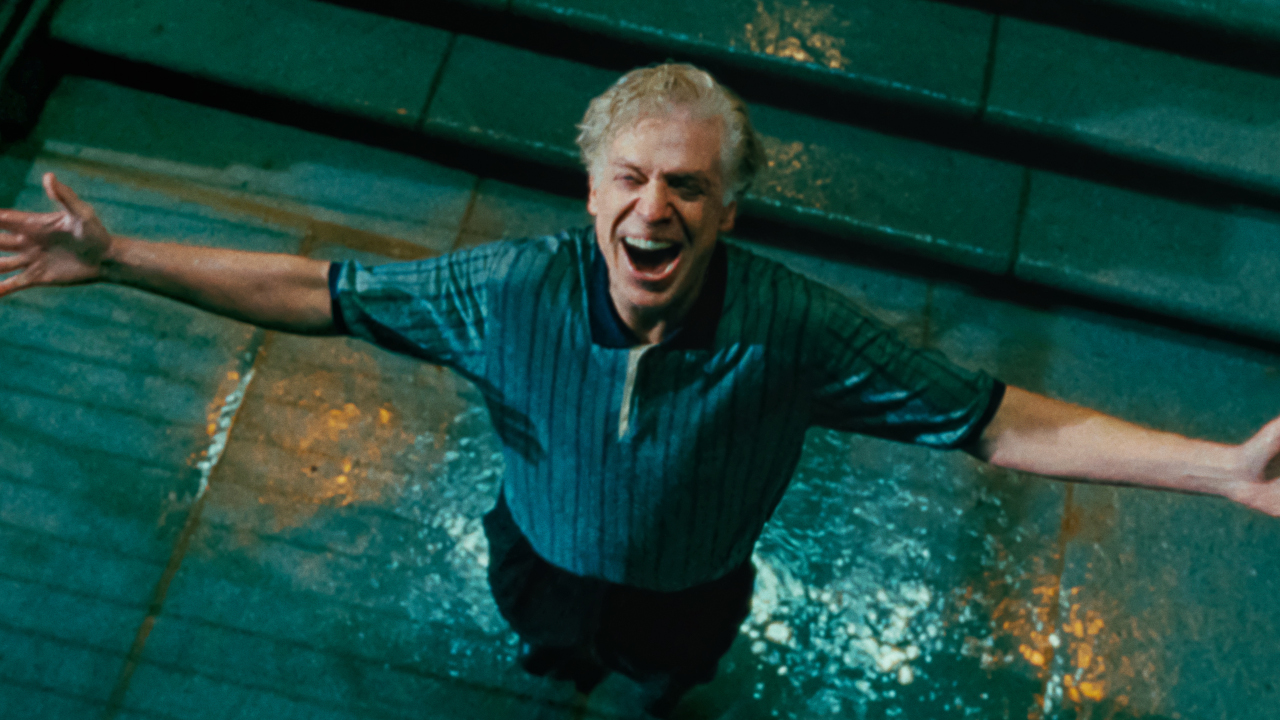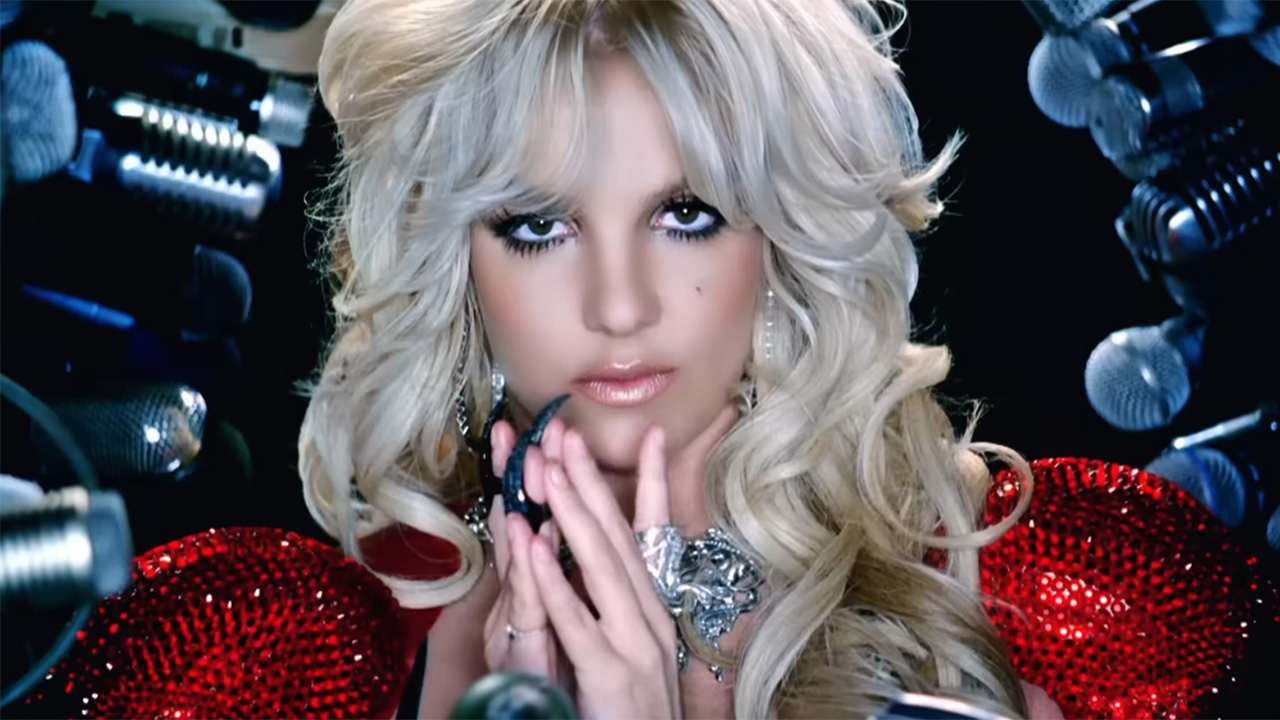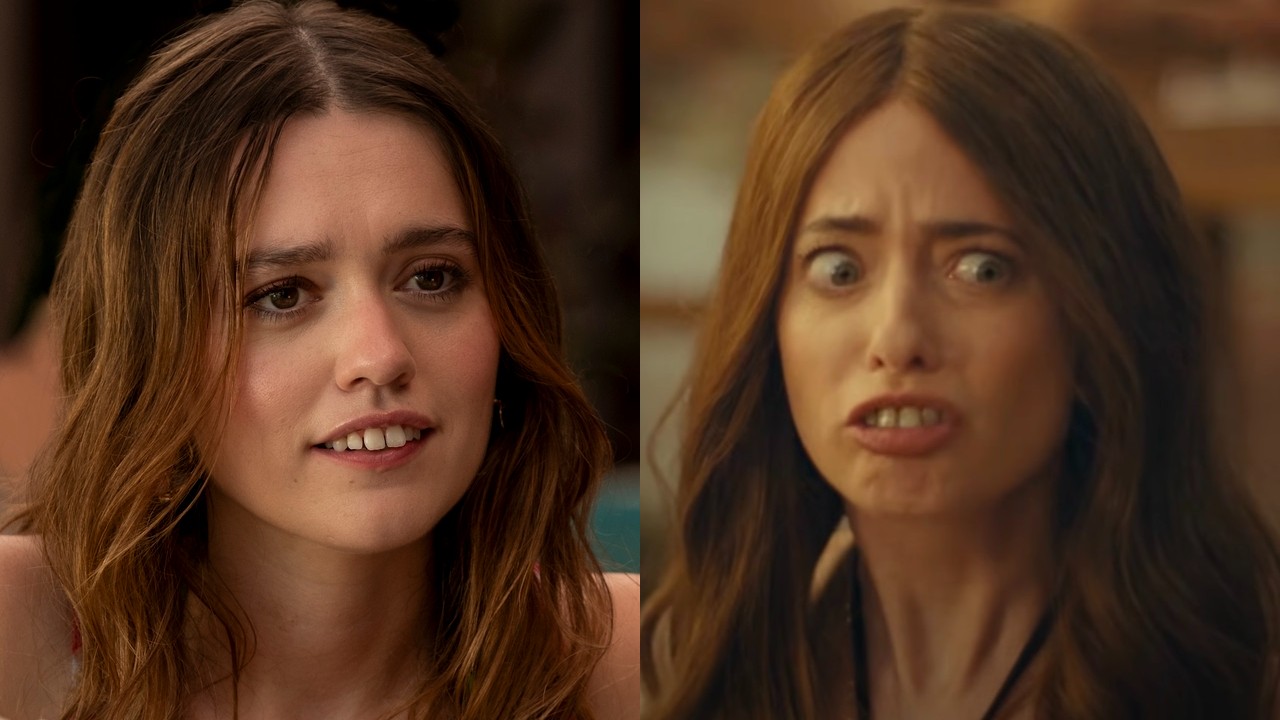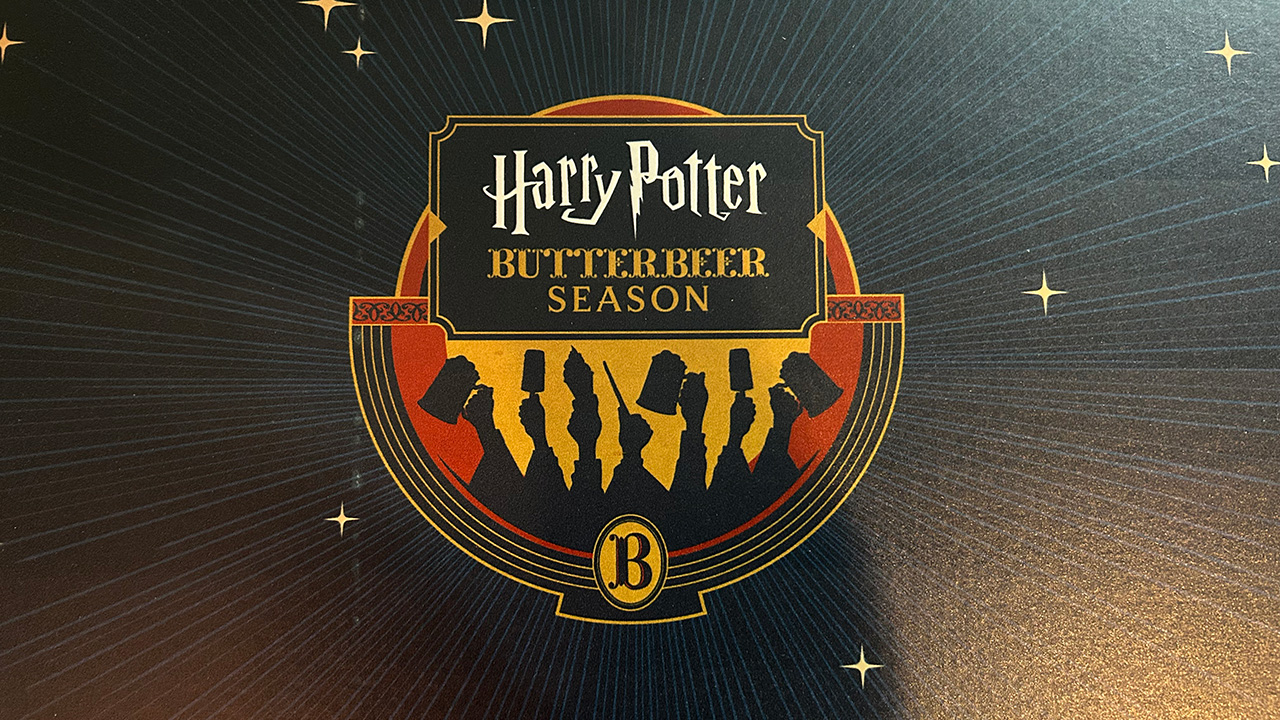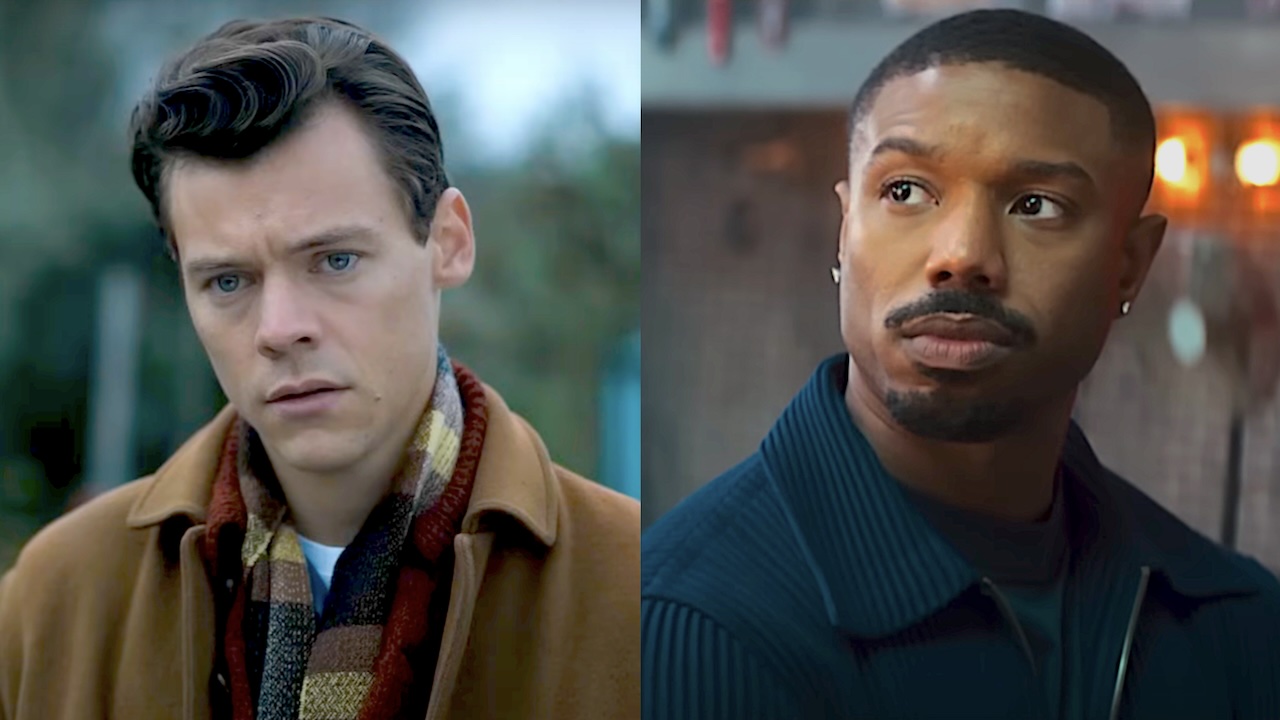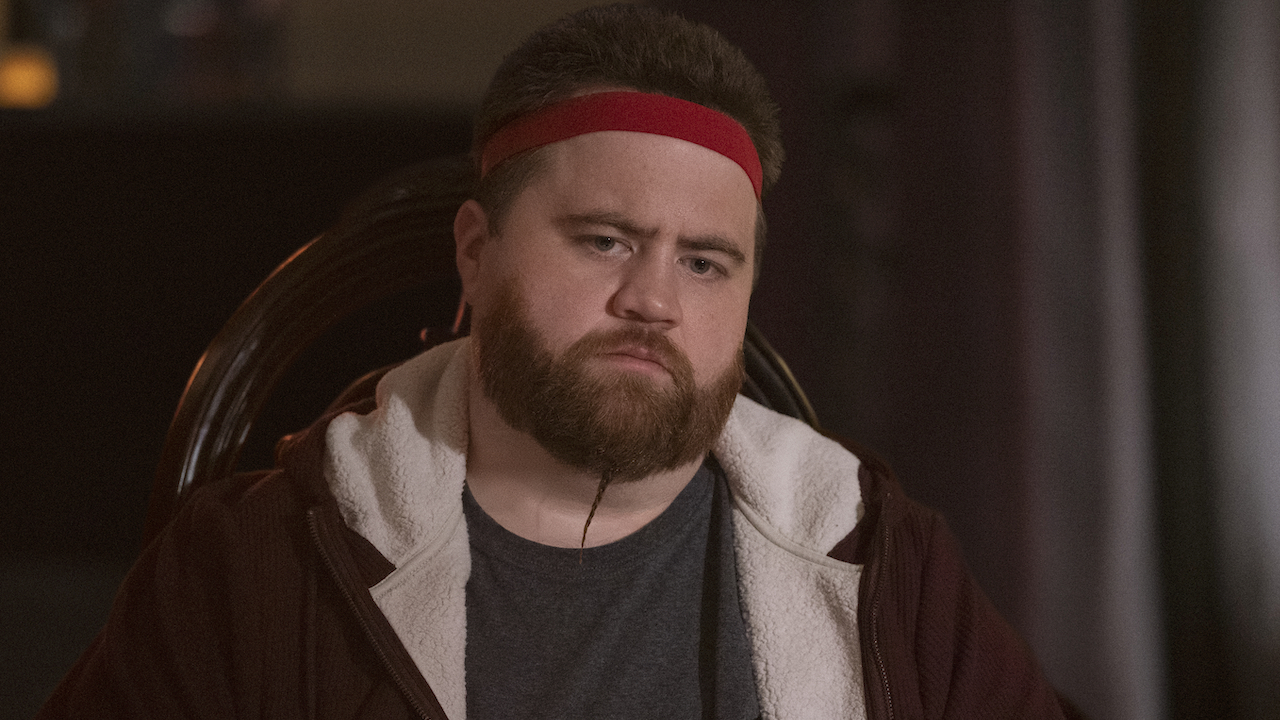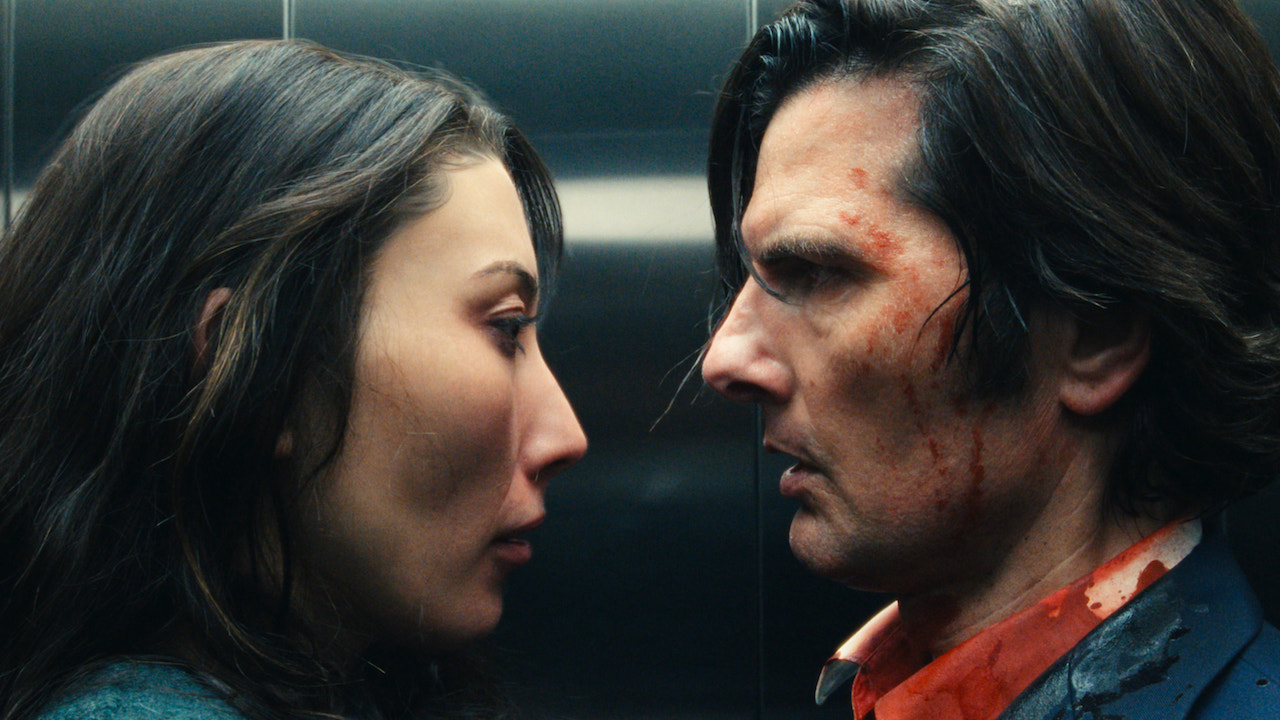Star Trek’s Jonathan Frakes Explained How The Shows Use Fire And Sparks On The Bridge Sets Without Burning Everything Down
Those fireballs can be intense!
Back in the classic days of Star Trek, a shaking camera and the crew acting like they were being tossed around would emulate a Starfleet vessel being attacked. We have sparks and fireballs in modern shows, which I've always thought were awesome, but I was also very confused about them. How exactly are these effects done while ensuring the crew's safety and preservation of the set? Fortunately, frequent Trek director and actor Jonathan Frakes had an answer for me.
I spoke to Frakes toward the end of Star Trek: Discovery's run and realized he was the perfect person to ask this question. As the director of several episodes of modern Trek, all of which are available to stream with a Paramount+ subscription, I asked how the crews manage to make sparks rain down to the floor without worrying about a fire breaking out. He answered:
It's a combination of practical and post-production. There's money in the budget to enhance the sparks. But the special effects department, which does the practical sparks, created this system on both Picard and Discovery and Strange New Worlds where they can create this arc-like spark that can drop safely onto a mat on the floor without ruining the set and without getting on people and burning their hair and all that sort of thing. So there are parameters, but the real sparks on the set look so cool and are so effective that we've all fallen in love. Olutande [Osunsanmi] and I especially, because they just make the scene more exciting. So on shots where we can't get them close enough to the actor, we generally have some money in the budget to add a visual effects version of the spark. But as much as we can, we've been using practical sparks on the set.
So there's a mixture of both real and CGI sparks flying when the Enterprise, Discovery or a ship on the upcoming Star Trek shows gets hit. I agree that the sparks make the scenes pop and reflect damage to the ship in a way previous shows did not, so I can see why they've become a favorite of Jonathan Frakes and Disco EP Olutande Osunsanmi. The latter directed the upcoming Star Trek: Section 31 movie starring Michelle Yeoh, so now I will look for sparks in the film.
And while Strange New Worlds and other new shows don't have some of the effects that made for some of the more WTF moments of The Next Generation, they do feature a lot of fire. Fortunately, it seems that the crew takes plenty of precautions to ensure that actors and actresses are protected from the flames, which are produced both practically and digitally like the sparks:
You can have a flame and have a safe distance and you can have the guy light it and you could put it in the foreground. It's great for the foreground underneath the lens. It's been effective that way for years in filmmaking. But again, there's the safety aspect of it that comes first. If it's not exciting enough. Again, it can be enhanced because fire is something now that can be done digitally.
Jonathan Frakes added a bit of inside baseball that back in the day, a visual effects studio would use its ability to replicate fire and water as a calling card to the level of quality they could provide. It's not exactly something Star Trek fans need to know, but I appreciated hearing this aside from a Hollywood legend who I could listen to for hours talk about the process of making a show.
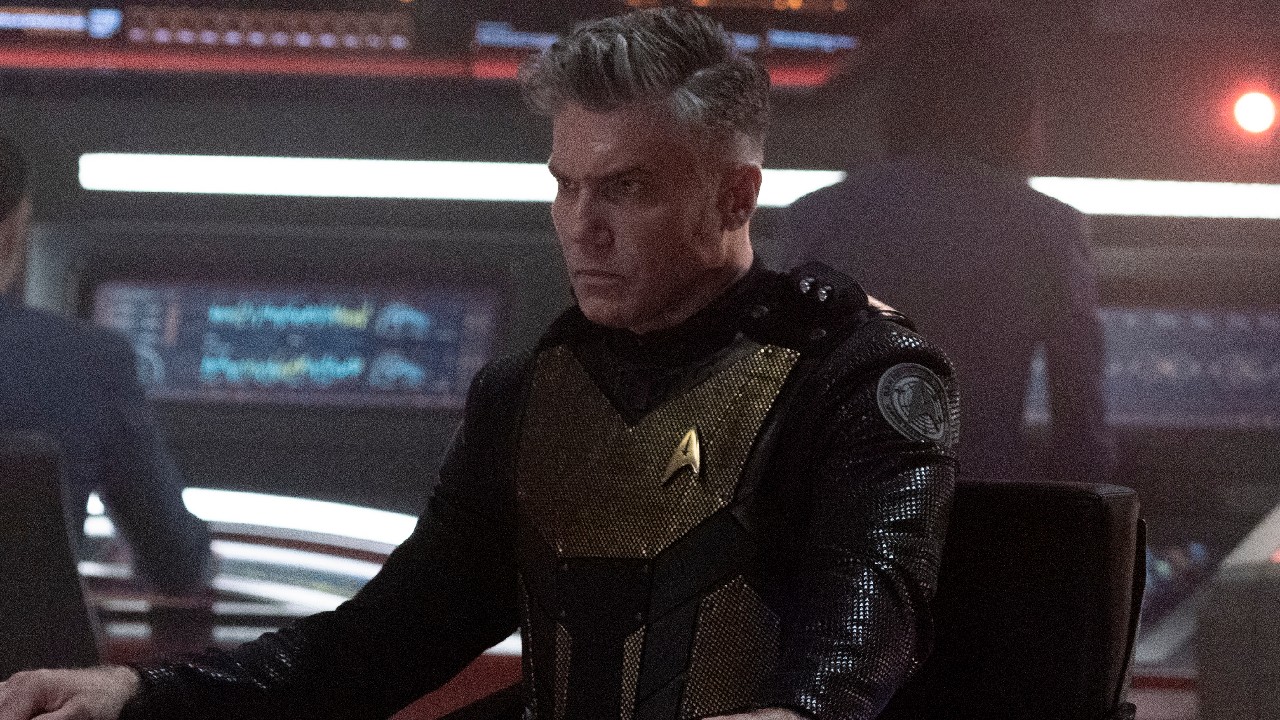
Jonathan Frakes' time on Star Trek: Discovery is over, but he's already wrapped work on his latest directed episode of Strange New Worlds Season 3. I would also imagine that he'll be asked to direct an episode of Starfleet Academy when the show officially goes into production and link up with the latest star of the series, Holly Hunter.
Now I'm wondering if the Starfleet Academy of the future can shoot sparks and flames in the same way a Starfleet vessel can. I'm sure there are enough electronics in that place to make it happen, though I'd hope the academy itself wouldn't come under attack. I guess we shall see before too long, and hopefully get more of Jonathan Frakes in the future of Star Trek ASAP.
CINEMABLEND NEWSLETTER
Your Daily Blend of Entertainment News
We're currently living in a world without new Star Trek, though Prodigy Season 2 premieres on Netflix July 1st. All 20 episodes dropping at once should keep fans occupied for at least a day or so, and hopefully by then we'll have more teases and projects to look forward to!
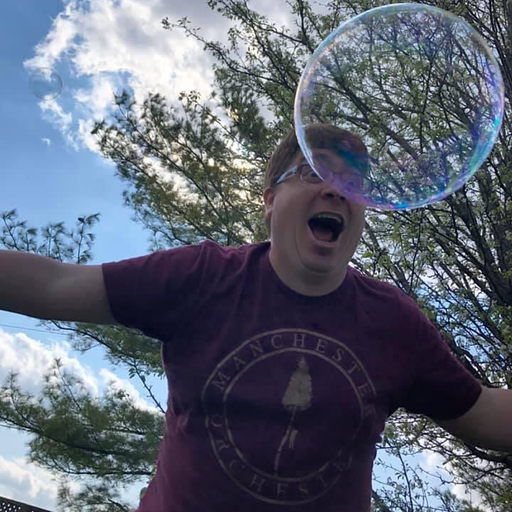
Mick Joest is a Content Producer for CinemaBlend with his hand in an eclectic mix of television goodness. Star Trek is his main jam, but he also regularly reports on happenings in the world of Star Trek, WWE, Doctor Who, 90 Day Fiancé, Quantum Leap, and Big Brother. He graduated from the University of Southern Indiana with a degree in Journalism and a minor in Radio and Television. He's great at hosting panels and appearing on podcasts if given the chance as well.

